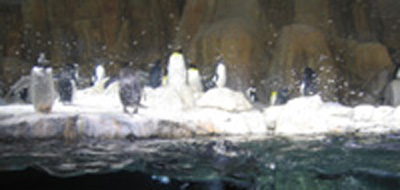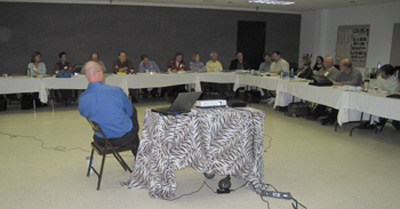[Post author: Bob Iverson]
A long-time friend (and one of the original creators) of GLRPPR has a new job. The following announcement is from Bill Shilts, Executive Director of the Institute of Natural Resource Sustainability at the University of Illinois. The Illinois Sustainable Technology Center (which coordinates GLRPPR) is part of INRS.
“I am pleased to announce that Gary Miller has accepted the position of Interim Associate Executive Director within the INRS central office, effective March 16, 2009. Gary has served as the Interim Director of ISTC for almost a year, and has been employed at ISTC (formerly WMRC) for the past 23 years. Gary’s many years of experience with the University and State government will help shape the Institute during this exciting time.
As Gary accepts this new role, John Marlin will become Acting Director of ISTC. John has worked many years at ISTC and had been serving as Associate Director. His experience at ISTC, as well as his prior experiences chairing the Illinois Pollution Control Board and as a well-known and respected environmentalist will serve us well.
I would also like to take this opportunity to thank Asghar Mirarefi for his service as Interim Associate Executive Director. Asghar will resume a 100% appointment within the Office of the Vice Chancellor for Research.”
Congratulations to both Gary Miller and John Marlin. Those of us in GLRPPR look forward to continuing to work with them in their new roles.




 GLRPPR has developed two new school-related Topic Hubs as part of the
GLRPPR has developed two new school-related Topic Hubs as part of the